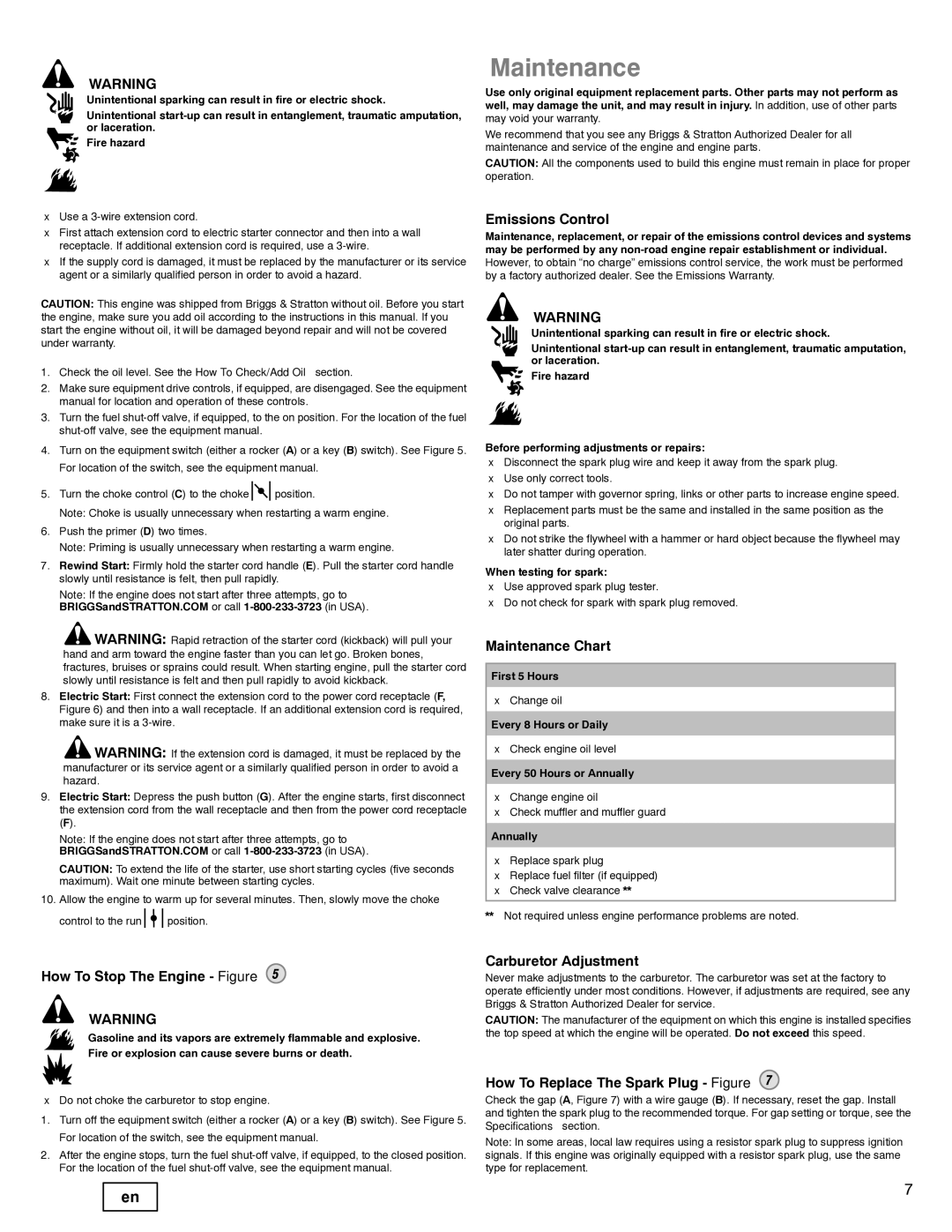90000 specifications
The Snapper 90000 is a robust and versatile outdoor power equipment solution recognized for its high performance and user-friendly design. This lawn mower stands out in the crowded landscaping market due to its exceptional features, advanced technologies, and reliable characteristics, making it a favorite among homeowners and professionals alike.One of the main features of the Snapper 90000 is its powerful engine. It typically comes equipped with a reliable overhead valve engine that ensures efficient fuel consumption while delivering ample power for tough mowing tasks. The engine's design contributes to reduced emissions, making it an environmentally-friendly option for users intent on promoting sustainability.
In addition to its powerful engine, the Snapper 90000 features a unique cutting system. It boasts a large cutting deck that allows for a wider mowing path, ensuring greater efficiency and fewer passes over large lawns. The adjustable height settings enable users to customize their mowing experience, catering to different grass types and weather conditions. This adaptability ensures a clean and professional-looking cut every time.
The Snapper 90000 is designed with user comfort in mind. Its ergonomic handle and padded grips provide comfort during extended use, reducing the risk of fatigue. Furthermore, the mower features easy maneuverability with its lightweight frame, enabling users to navigate tight spaces and uneven terrain with ease. The incorporation of larger wheels enhances traction, allowing for smooth operation across various surfaces.
Durability is another hallmark of the Snapper 90000. Constructed with high-quality materials, it can withstand the rigors of regular use. The reinforced deck prevents damage from rocks, debris, and impacts, ensuring longevity in performance. Maintenance is simplified with easy access to engine components and replaceable parts.
The Snapper 90000 also integrates modern technology, such as electric start options, which remove the hassle of manual starting. It is compatible with various attachments for mulching and bagging, increasing its versatility for different landscaping tasks.
In summary, the Snapper 90000 combines a powerful engine, advanced cutting technologies, user-centric design, and durable construction. These characteristics make it an ideal choice for both homeowners and professionals seeking an efficient, reliable, and comfortable lawn mowing solution. Whether tackling residential lawns or commercial properties, the Snapper 90000 delivers superior performance and adaptability in any outdoor setting.

